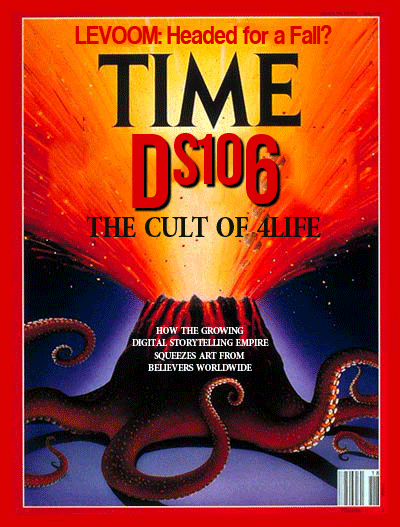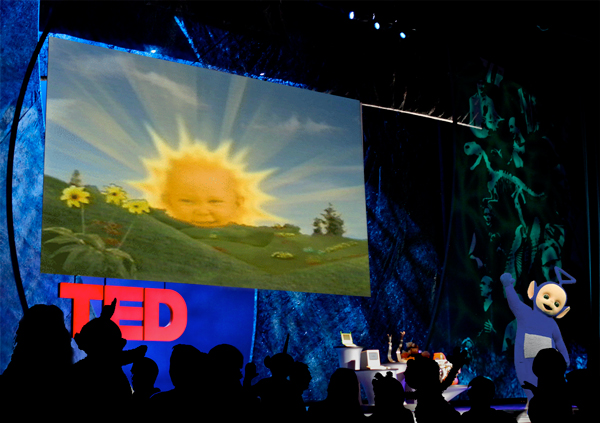The change 11 MOOC has been immensely engaging and motivational. It has inspired me to learn about new areas of knowledge and learning theory. The Cynethin model and IEML have been the highlights and although have taken repeated reading to get my head around both of them, have been the most rewarding.
They have have both led me to investigate other areas, in particular evolutionary biology – I have recently read the Selfish Gene (Dawkins 1974 first edition) and now slowly (very slowly) working my way through ‘The Origins of Order – Self-organisation and selection in evolution”(Kaufman 1993). The Selfish Gene opened up a new perspective on evolution and selection linking to game theory and how actions based on the actions of others to ensure best chance for genes to replicate (i.e. survive, breed.) This has led me to read the more complex book by Kauffman which models complex genotypes, adaptive walks and the limits of selection in evolution due to the complexity of gene’s interactions (epistatic activity). Apparently, we exist on the edge of chaos. In this environment, there may be pockets of complex interactions where self-organisation takes place, slowly spreading. In areas where the complexity becomes limited, selection becomes the dominant influence. Selection maps to the ‘simple’ environment of best practice. I wonder if the complexity catastrophes that Kauffman demonstrates to limit selection could be applied to the learning environments of connectivism. Perhaps there is some relevance to the limits of development of ideas if people limit study to one field, can this be transferred to the concept of local optimums. Perhaps ideas can only develop to a certain point because of the length of adaptive mutation – say of 1 in a closed field of study, a greater distance of ideas that can jump across fields can develop further towards the optimum point – i.e. the development of new ideas. It’s interesting that IEML perhaps can be considered as changing a complex environment with limited adaptive steps to a simple environment where all the environment is simple and the optimum (collective intelligence and the enlightenment that accompanies it) can be reached by all.
The Cynefin framework complex-complicated-simple draws on these theories. Getting an insight into how one area of study overlaps to another has been fascinating, as well as getting to grips with another field that I hadn’t looked at since high school. The book has inspired me to review my maths (thank you Khan academy  and I hope to actually apply it.
and I hope to actually apply it.
The next study plan is to continue with Kauffman (probably a couple more chapters on the origins of life), source the Vol 2 of IEML and also continue to review my maths to understand the models of self-organisation others. After that, I hope to link it back to linguistics and language study.














